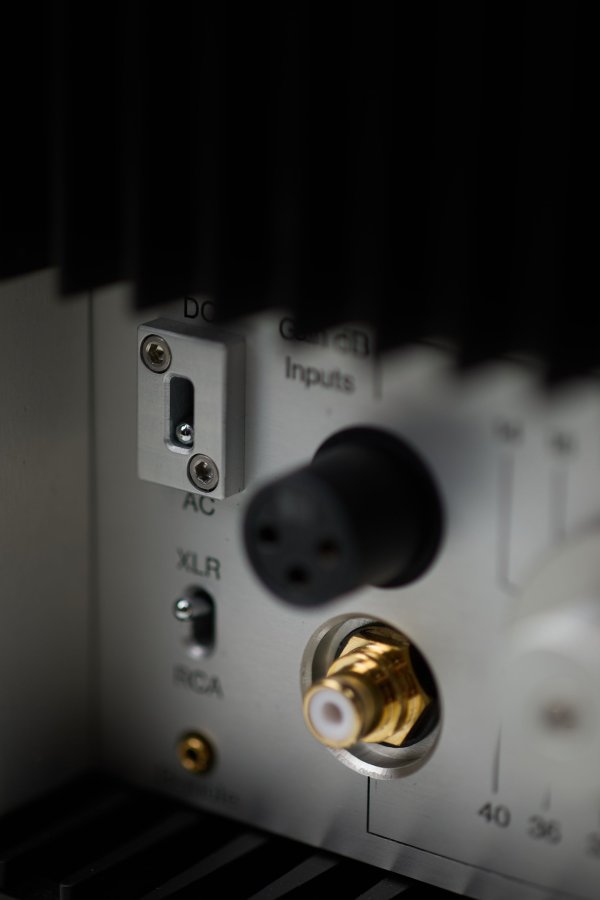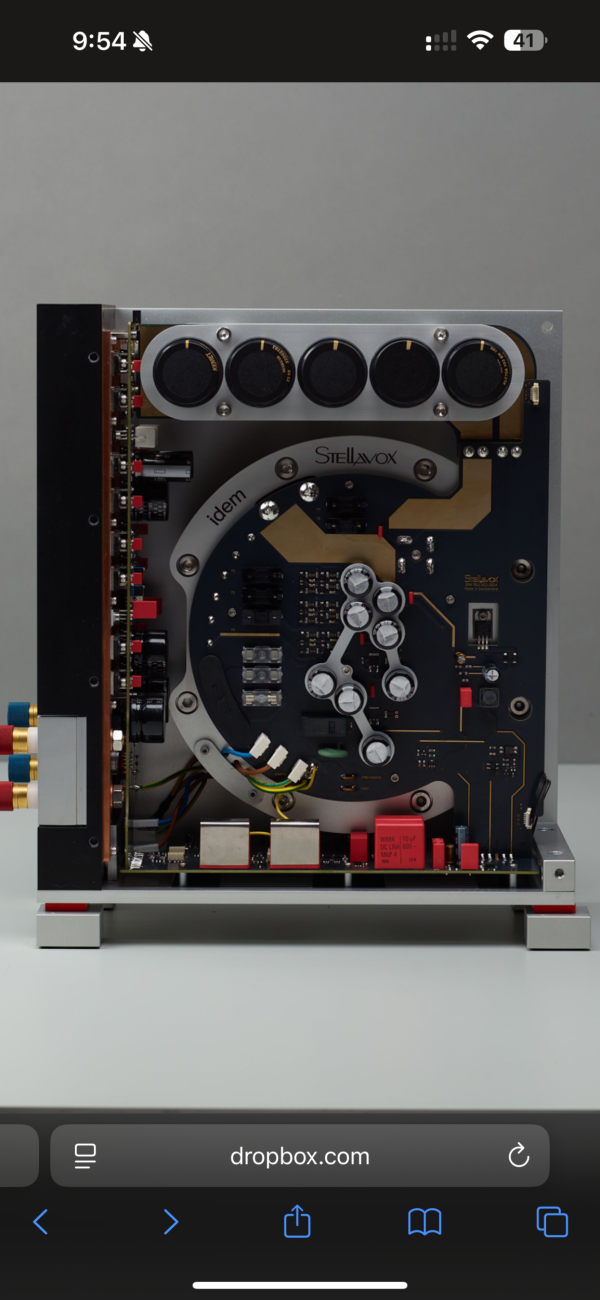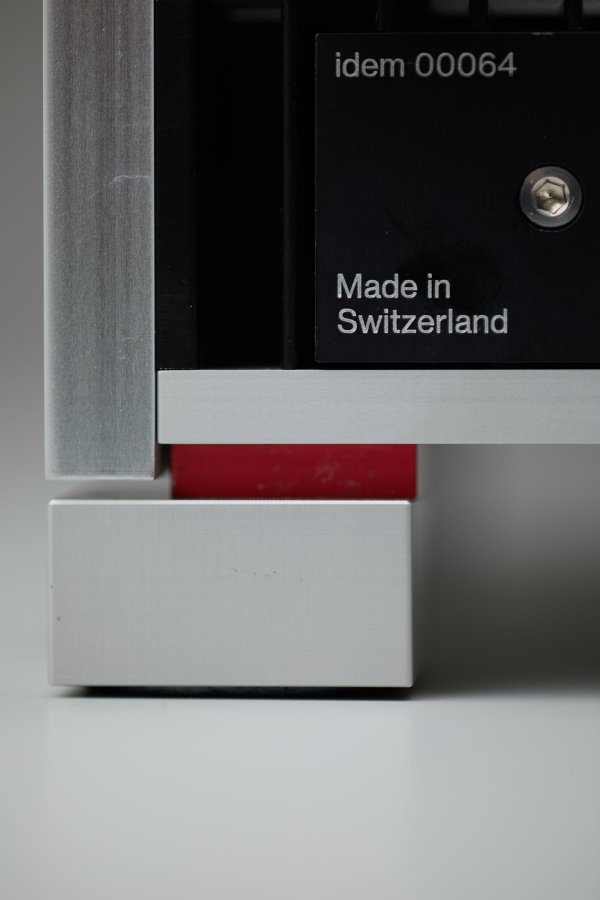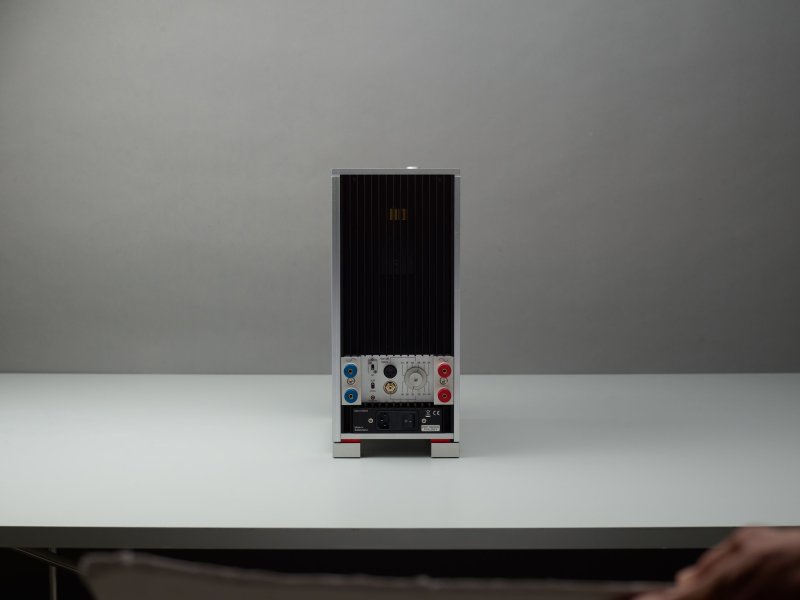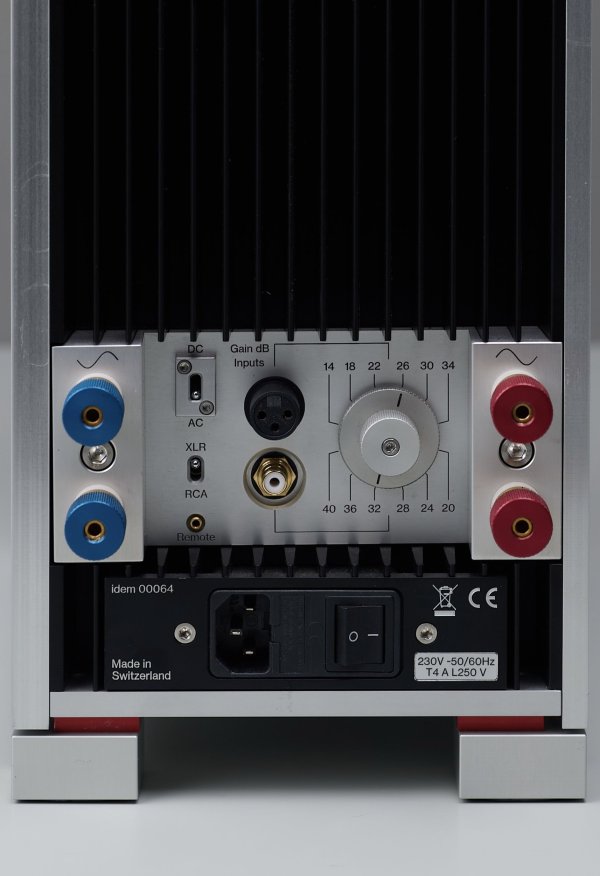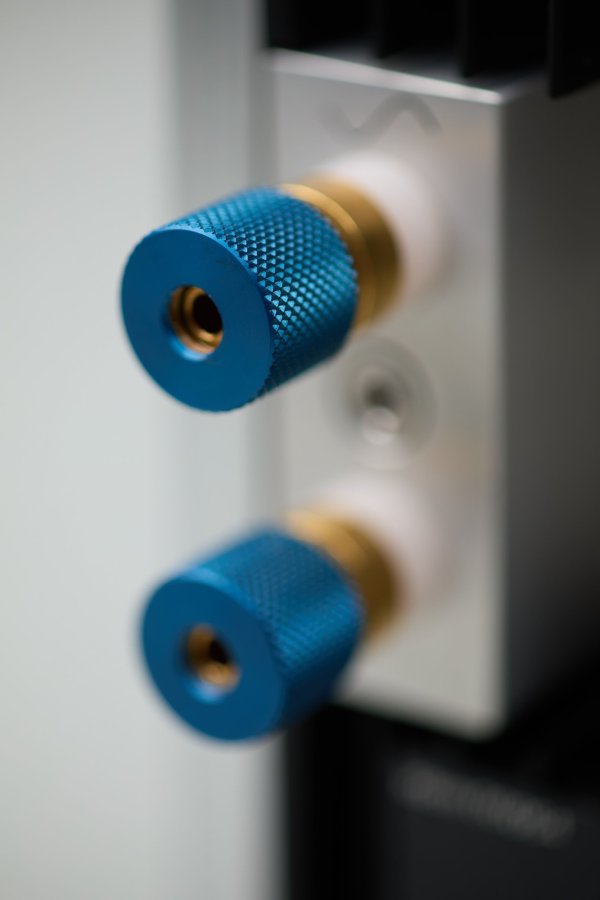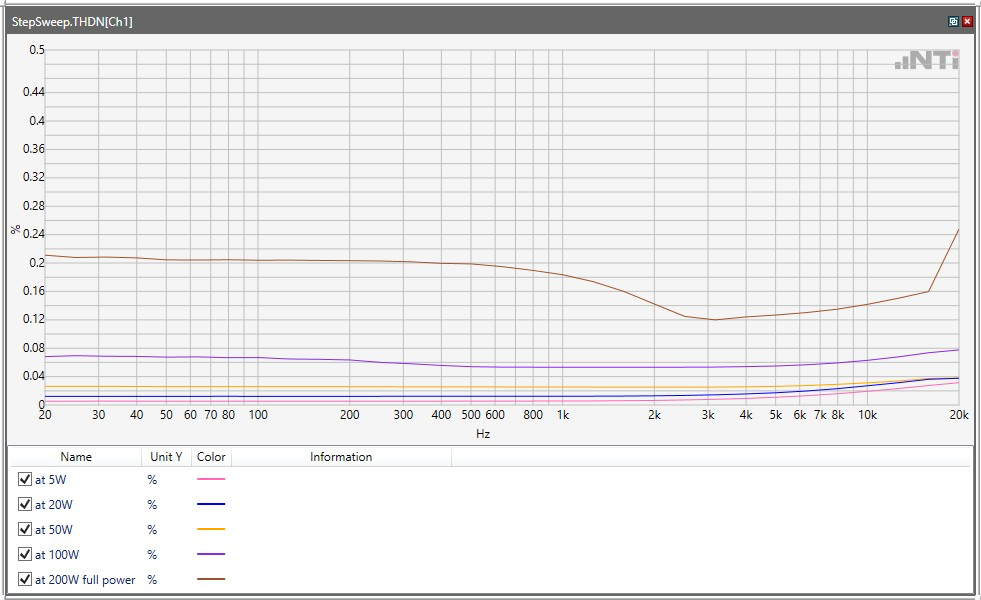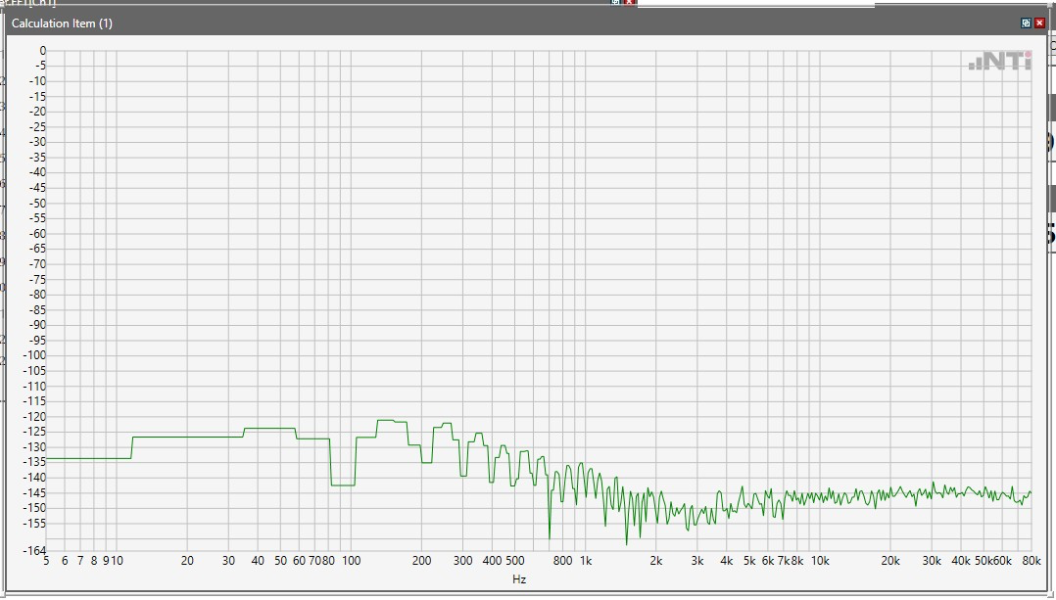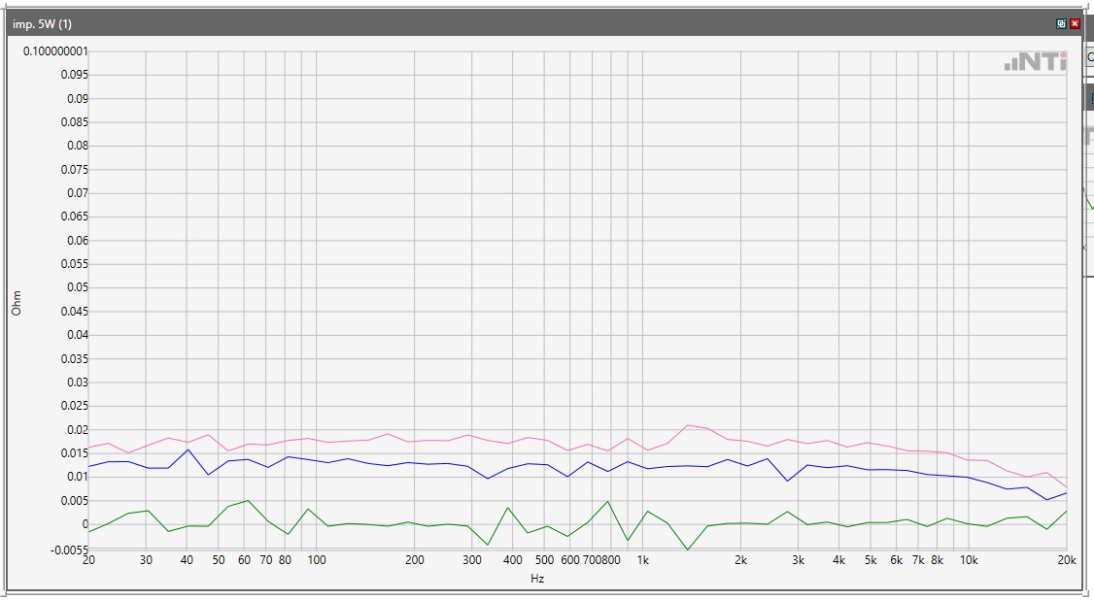But now pay attention!
The ‘virtual’ low impedance created by a NFB loop is neither constant nor real and is by no means synchronous with the music signal at the input. It will have a similar effect to the ‘spring arm’ in the example above.
In short, it works like this: Think of a drumbeat. Following the ‘drum signal’, the loudspeaker draws current from the amplifier, a voltage drop occurs at the generator's internal resistance (output impedance), the loudspeaker sees less voltage and experiences a current drop, the control loop at the loudspeaker output also detects the voltage drop, so it sends a smaller inverted signal to the amplifier input, thereby increasing the gain, which in turn compensates for the voltage drop at its internal resistance, always with the residual error of its control gain.
All this takes time. Less than it took you to understand the process, but still long enough to paralyze the drumbeat.
I hear the critical voices saying, ‘It happens so quickly that you can't hear it!’
But beware, it is even more drastic:
We also must take into account the electromechanical complexity of the loudspeaker, which is galvanically connected to the negative feedback terminal.
The electromechanical charging and discharging (mechanical mass and spring energy storage and electricalcapacitive and inductive energy storage) do not behave like an ohmic resistor at all, but will discharge energy more or less during the attack or decay of the drumbeat or at any other point in the event, in which case they increase the voltage in the control circuit and act as an increase in internal resistance, causing exactly the opposite of what should be done.
When charging, the opposite is true.
The electromechanical ‘batteries’ interacting with NFB slow down the response of the system and create time distortion.
And you're not supposed to hear that?
This creates constant unrest, blurs the contours, cannot slow down, always sounds like it is lingering and does not respond to attacks.
Since a loudspeaker cannot be as fast as light due to its mass, it will always move behind time. The point is, however, that this temporal inaccuracy is amplified by the control loop instead of being corrected.
Low output impedance created by NFB: a sailor's promise.
This discussion becomes even more interesting when you add this insight to the considerations of TIM mentioned above. The complexity of the loudspeaker and the consequences of an unstable control loop increase the TIM effect in the voltage amplifier and prolong the critical periods of transient intermodulation. At the input of the amplifier, fresh music is mixed continuously with stale music.
Designing an intrinsic amplifier without NFB
If you decide to develop an amplifier without any NFB, either local or global, to circumnavigate all the NFB problems, you will inevitably encounter a number of issues.
Since this approach departs from the textbook – this principle is not provided for there – you embark on a long and rocky, mostly lonely development path. It is not possible without persistence.
Perhaps this is also the reason why, in all cases (at least those I am aware of), attempts and product development have been undertaken by lone individuals or small companies. Microbiotopes that have made it possible to realize a dream, an inner desire for sound, or to set out on this path.
The STELLAVOX idem mono amplifier
The development of this new amplifier principle took 25 years, naturally with interruptions and as a side project (there was a lot of other work to do, like helping my daughter to grow up).
During this time, countless prototypes were created. Some of them were built solely to better understand basic principles (to see how this sounds with music) or to tinker with detailed ideas.
In 2022, the time had come. All problems had been solved. THD with the lowest values, mostly 3rd order, TIM (at least for our laboratory) not measurable and an output impedance of 0.02Ω (which we later improved by a factor of 4).
For the first listening test, we only had a mono amplifier prototype, which we called the ‘hotplate’ (not because it got hot, but because of its appearance). After listening for only 10 seconds, we realized: we had reached our goal. That sounds like a gross exaggeration. But for me and Carmine DeLuca, my colleague and driving force in recent years, it was an almost mystical moment that we will never forget, that repaid years of sweat and tears.
In the days that followed, we listened to all the musical delicacies that we couldn't help but enjoy on the ‘hotplate’, in mono, mind you.
We did some further measurement as well, but who cared anymore about them after having heard the hotplate!
In the months that followed, we built the prototype called ‘Toaster’, now in stereo and with an improved thermal control circuitry and improved output impedance, and then we started engineering a new product, the STELLAVOX ‘idem’ monoblock.
The ‘idem’ is an intrinsic, completely NBF-free audio amplifier. It has a fully balanced design and operates according to a principle that is unknown in the audio sector.
It’s tiring to say that only the best components, from the transformer to the speaker terminals (‘home-made’), are used. I assume that all devices in this price range are built in this spirit.
Its efficiency when playing is equivalent to that of a standard AB amplifier. Its quiescent current is higher, so it will absorb slightly more energy during a pause in the music. This is where the standby mode comes in, which reduces this to a few milliamps while all capacities remain charged and the ‘low’ Class A current in the voltage amplifier continues to flow, so that it is immediately ready to play after ‘operation on’.
Voltage amplifier
We designed the voltage amplifier to the best of our knowledge based on 30 years of experience and Innovation with zero NFB circuits.
It is symmetrical and in Class A, meaning that a constant current flows through it. Amplification takes place in a single stage via a cascade circuit, with the cascade transistor bases galvanically connected to ground (very fast and broadband).
Despite the absence of NFB, this results in astonishingly low distortion values, primarily on the third and to a lesser extent on the fifth harmonic, with a negligible proportion of higher harmonics.
This is however not surprising, since the higher harmonics do not originate intrinsically from a carefully constructed voltage amplifier, but in most cases result from the distorted phase of the control loop (NFB) at higher frequencies.
The intermodulation distortions are in the order of -90dB (with Flexus from NEUTRIK), which was to be expected in a symmetrical constant current amplifier of this type.
TIM, primarily due to the lack of NFB and a high bandwidth, cannot be identified with various measurement approaches.
Output stage with separate signal and current processing
The output stage of the ‘idem’ consists of two functionally separate units: a signal transmission stage and a downstream current output stage.
Signal transmission is carried out via two bipolar single-ended circuits in Class A.
As expected, harmonic distortion is extremely low (0.01% 3rd harmonic), with IMD and TIM values approaching zero.
This is also to be expected, as the single-ended stages are simple emitter followers (with constant current sources, etc., of course), see a constant current flow, and only function as signal generators at the speaker drive, i.e. they do not have to deliver any power, which is taken over by the second current stage to 99.9%.
The current stage exclusively supplies current to the speakers.
A dynamic current lead, which always sets the current at a Kirchhoff summation node, where the voltage and current meet, higher than the energy currently required by the loudspeakers, is largely responsible for the constant output impedance between 0.002Ω (music listening level) and 0.012Ω (full power).
Addendum
Technical data measured with constant sine waves has only minimal significance in terms of the quality of music listening.
Sine waves are static and ideally free of transients, whereas music is a continuous change with all kinds of transients. We are talking about two different worlds and only measuring one of them, the wrong one in this case.
Have you ever wondered why a number of amplifiers that you know very well and whose individual sound characteristics you are familiar with (some of which are barely usable, while others are truly outstanding) hardly differ in the measurement data published by the manufacturer? Have you ever asked yourself why this is the case? Could it be that we are doing something wrong here?
My main concern is to raise awareness of the time issue in audio recording and playback.
Our human hearing perceives amplitudes logarithmically and time linearly.
We hear amplitudes imprecisely, but we “understand” with astonishing accuracy where their zero crossings are in time.
This natural wonder, as psychoacoustic teaches, has given us orientation, speech recognition, noise identification, etc., all of which are related to time.
Without these phenomena, there would be no music - and maybe no human beings.
This awareness must be the basis for the evaluation and development of musical and lifelike-sounding devices, because good music and improved music listening are part of the quality of life, of our culture.
Stephan Schertler, CEO Stellavox
 IMG_7148.jpeg126.1 KB · Views: 38
IMG_7148.jpeg126.1 KB · Views: 38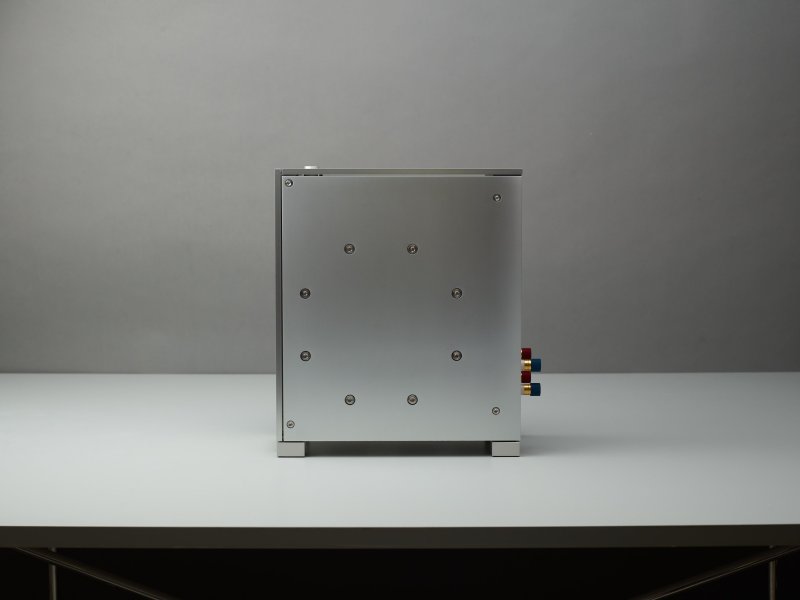 IMG_7150.jpeg211 KB · Views: 36
IMG_7150.jpeg211 KB · Views: 36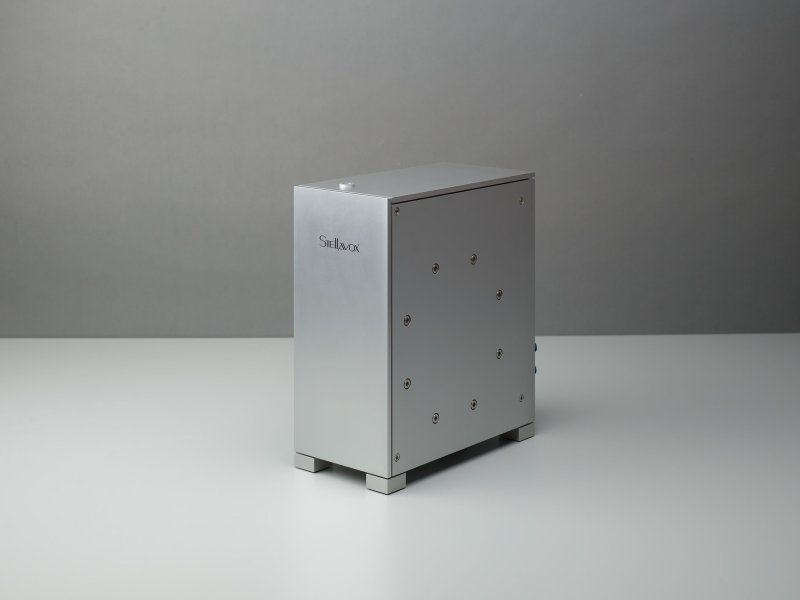 IMG_7149.jpeg188.4 KB · Views: 35
IMG_7149.jpeg188.4 KB · Views: 35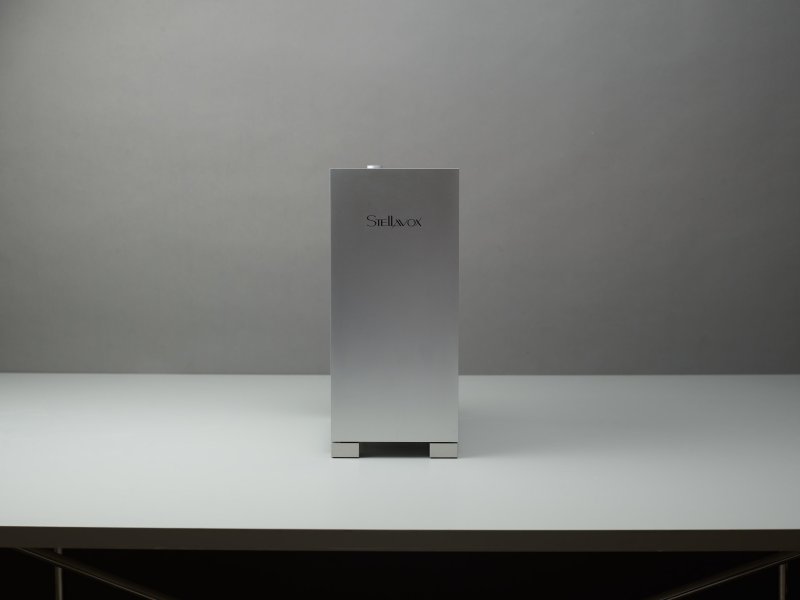 IMG_7152.jpeg182.4 KB · Views: 41
IMG_7152.jpeg182.4 KB · Views: 41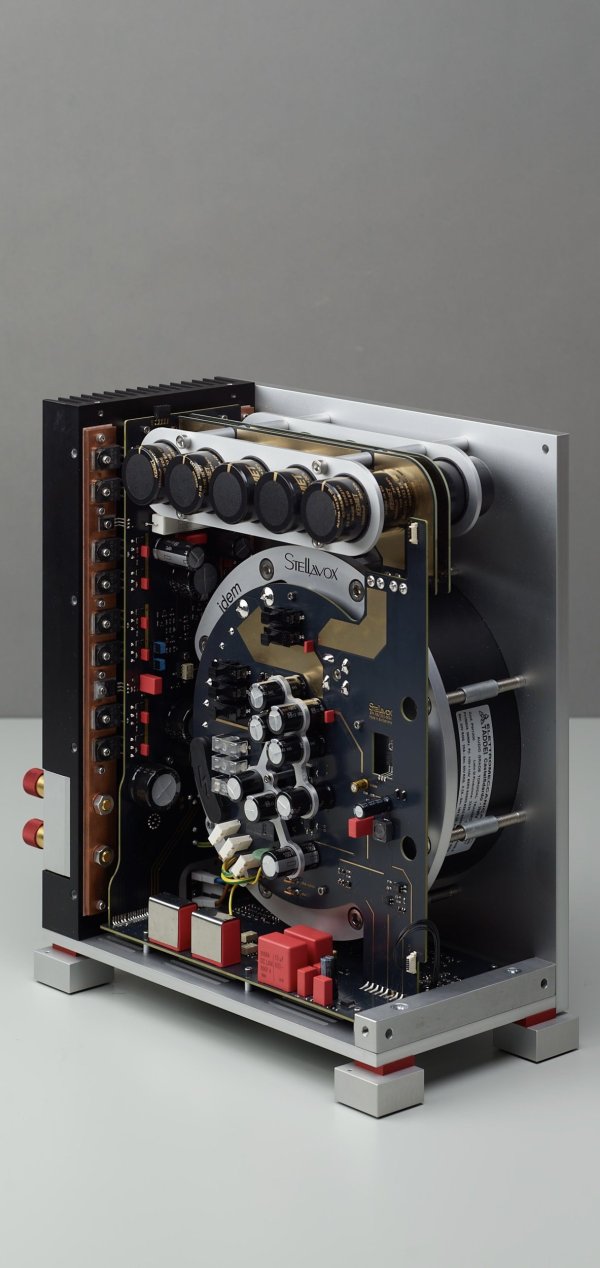 IMG_7157.jpeg269.7 KB · Views: 42
IMG_7157.jpeg269.7 KB · Views: 42 IMG_7156.jpeg227 KB · Views: 46
IMG_7156.jpeg227 KB · Views: 46 IMG_7165.jpeg285.6 KB · Views: 40
IMG_7165.jpeg285.6 KB · Views: 40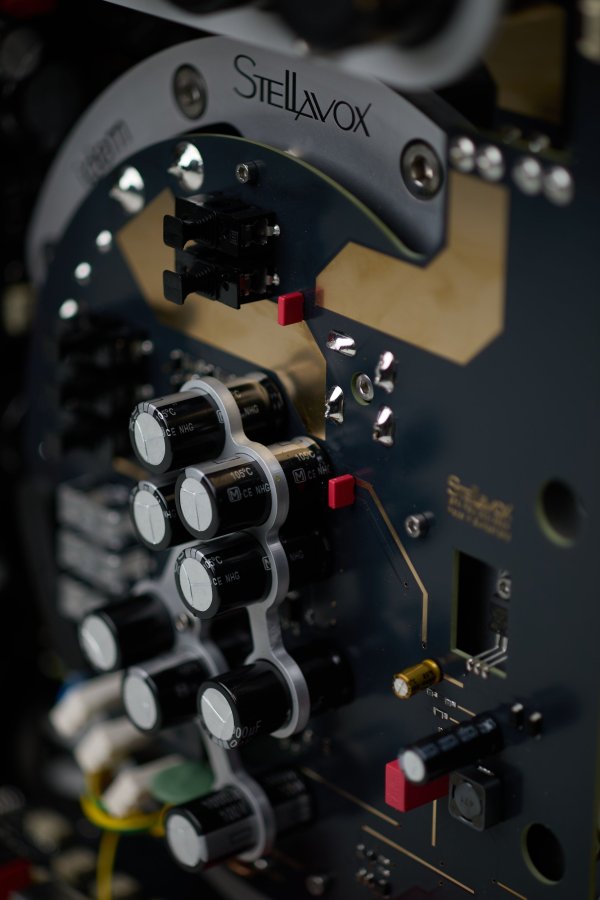 IMG_7160.jpeg271.7 KB · Views: 37
IMG_7160.jpeg271.7 KB · Views: 37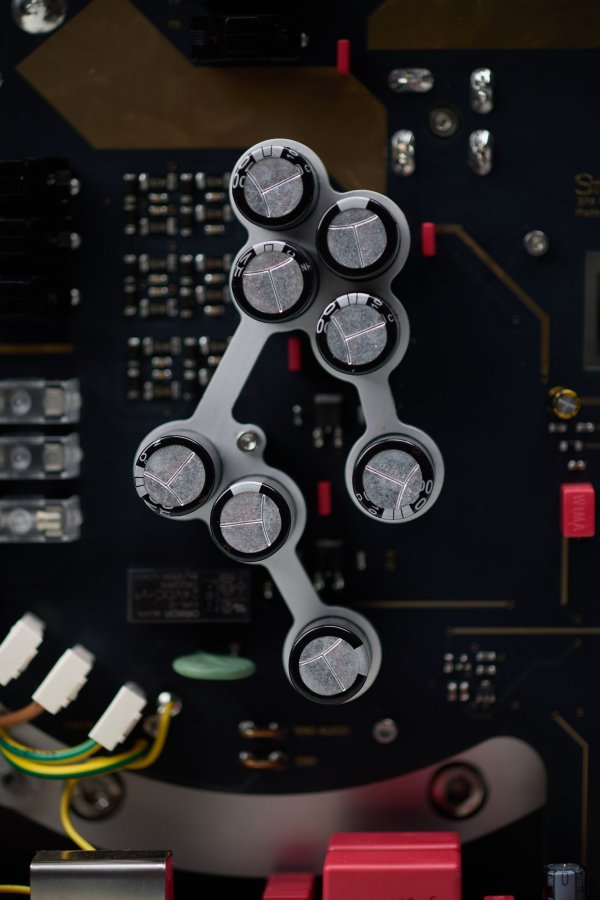 IMG_7161.jpeg310 KB · Views: 34
IMG_7161.jpeg310 KB · Views: 34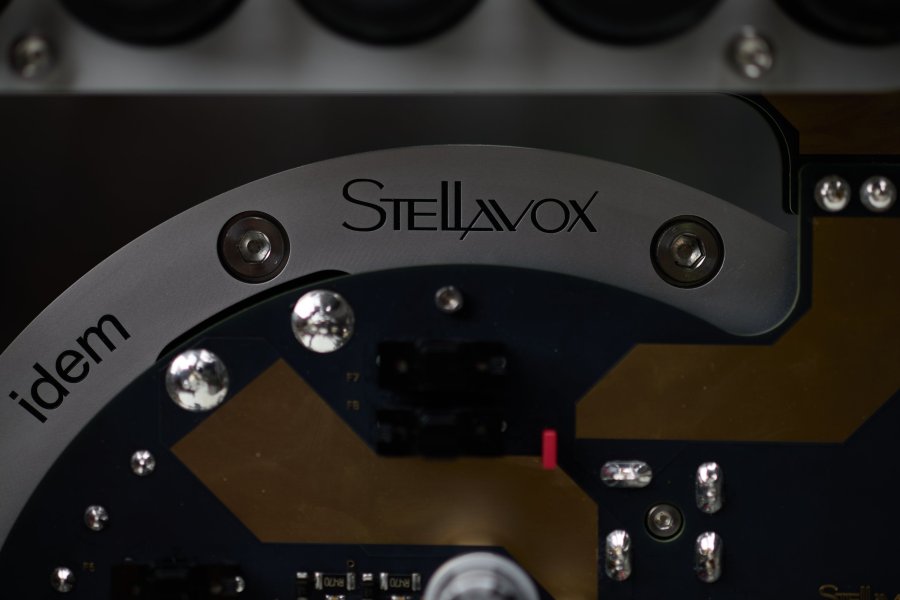 IMG_7164.jpeg288.7 KB · Views: 37
IMG_7164.jpeg288.7 KB · Views: 37

